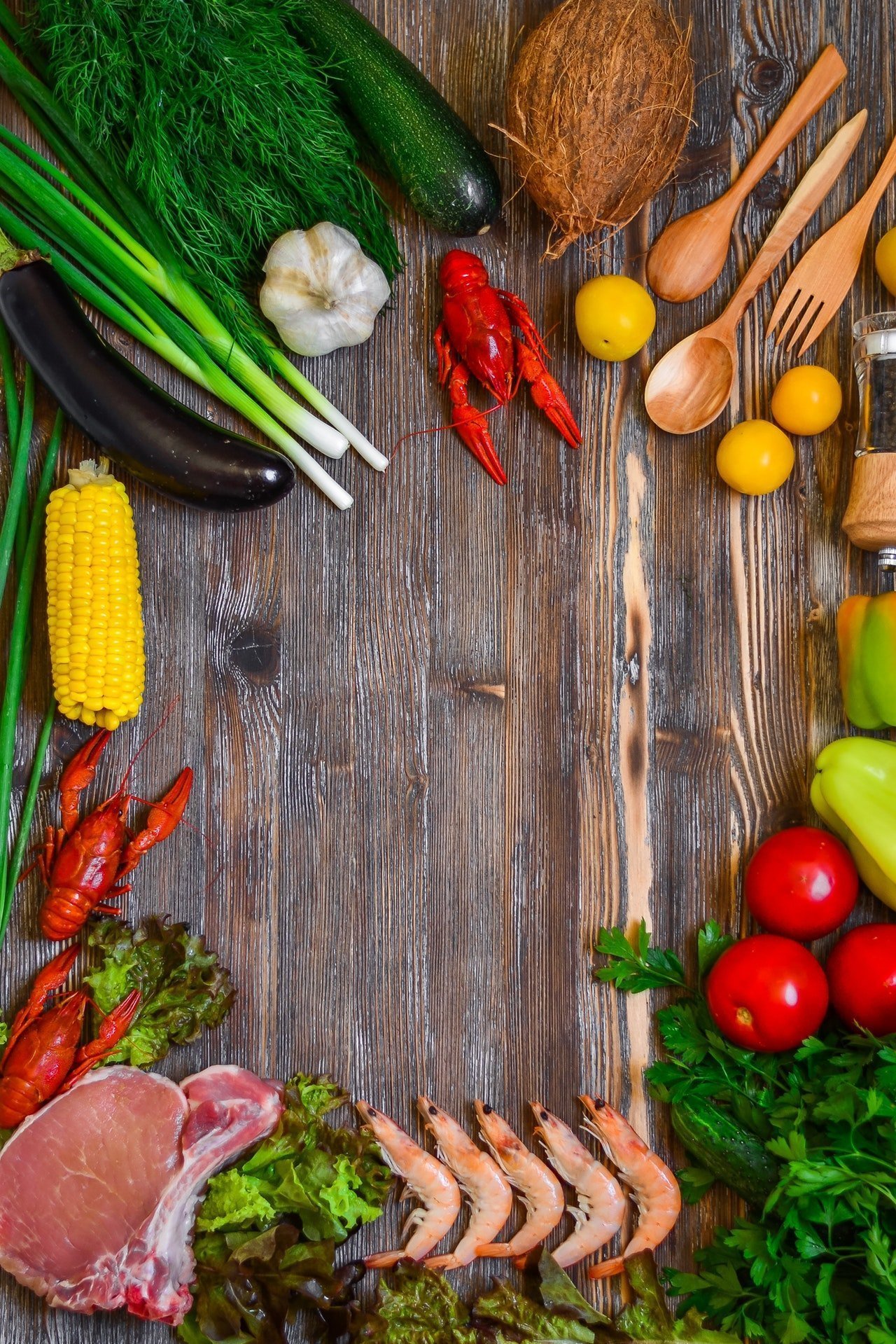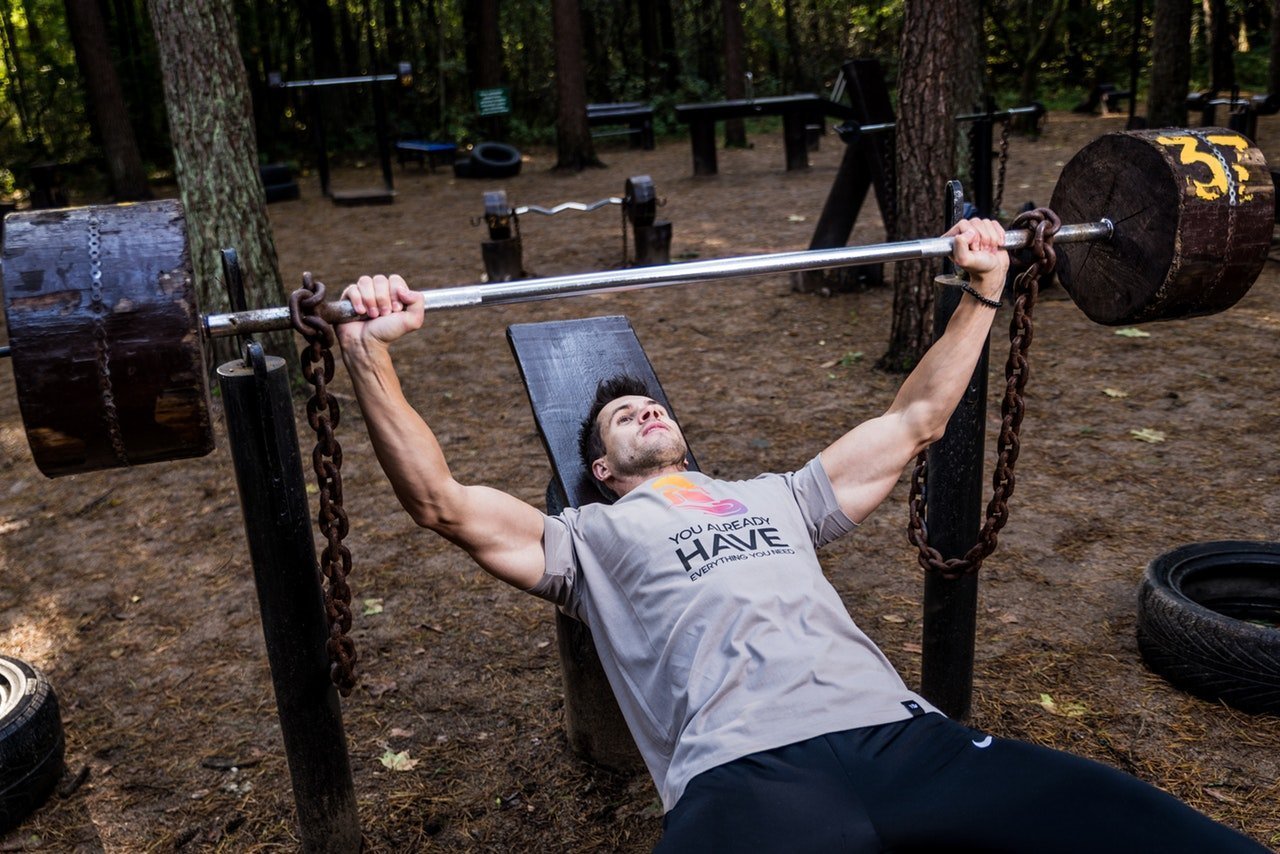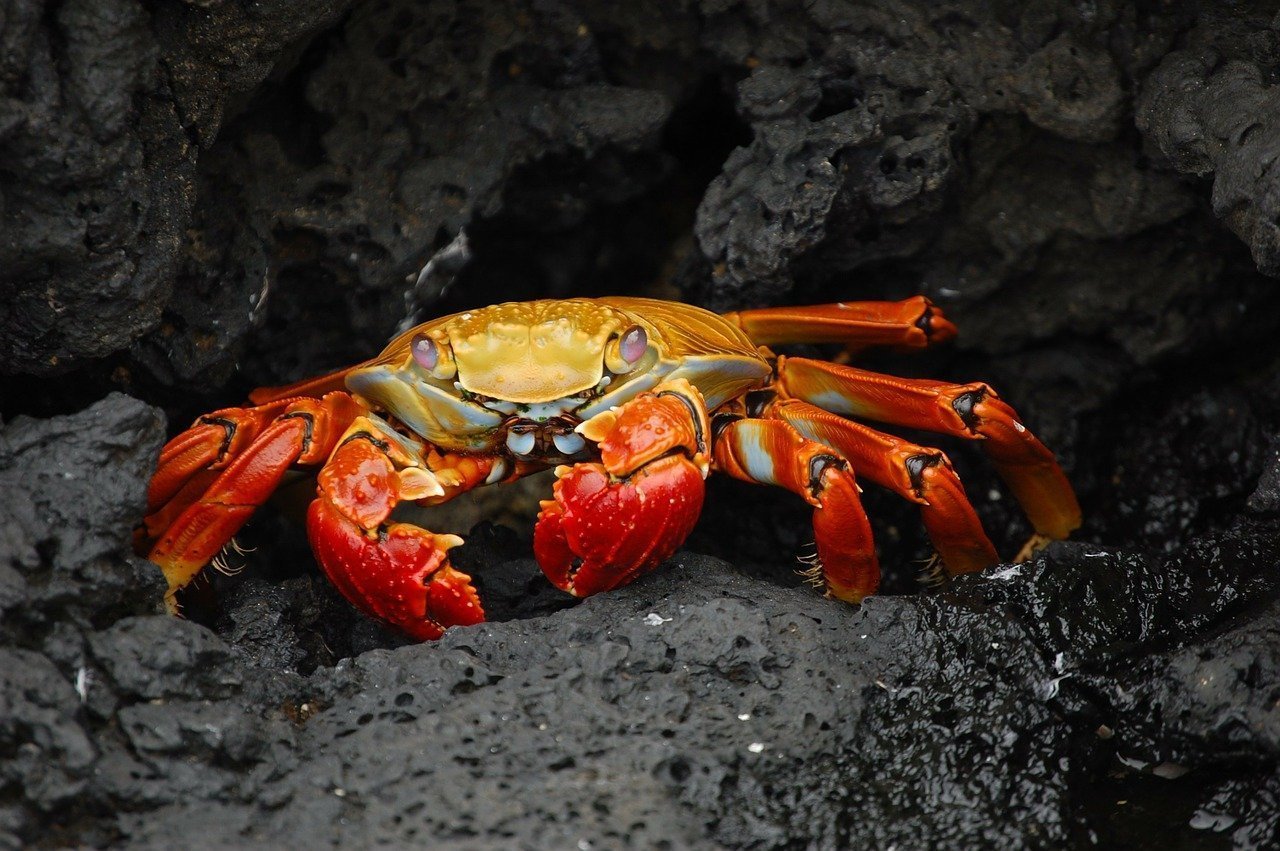So, we’re fairly certain that if you’re looking to improve your diet and make positive dietary choices, you’ve more than likely heard of the Palaeolithic Diet, more commonly known as Paleo.
Chances are you’ve heard about Paleo primarily because it is has been on the health and wellbeing spotlight for over a decade (though you’ll see it has been around far longer than this).
Banded into the ‘fad diet’ bracket, where credibility over long-term results are thrown into question, Paleo has managed to remain in the consciousness of the dieting-enthusiasts, primarily as the regime focuses on consuming natural products, particularly fruit, vegetables, and meat.
In fact, the crux of Paleo lies on a rather simple idea – if our ancestors didn’t eat it, neither should we.
And that, ladies and gentlemen, really is Paleo summed up.
This wonderfully simply programme permits the benefits of consuming the freshest items that nature has to offer, whilst negating harmful, fatty foods, in particular, grains, from our diets.
Now that we have a basic understanding of what the Paleo Diet is and consists of, why don’t we take a closer look into the how, what, and whys so you can effectively implement Paleo into your routine.
What Is The Paleo Diet
Often named ‘the caveman diet’, Paleo can be an effective dietary programme to help shift excess weight, reduce harmful substances entering our systems, and improving our general health. Sounds pretty delightful!
As a hunter-gatherer inspired diet (don’t worry, you won’t require spears!) that has simplicity at its core, Paleo is an easily-navigable regime that permits foods we as a species could capture, collected, and consumed a millennia ago, whilst denying modern comforts.
Think of it like this: our ancestors were lean, muscular, strong, and versatile thanks to positive environmental factors, including their diet. Our systems were used to eating the freshest, most healthy foods that Mother Nature had to offer and we repeated the benefits of fulfilling our physical peaks and potential.
Nowadays, we’re lethargic, sick, and miserable, due to changing lifestyles factors, though chiefly the increased reliability on bread, pasta, sugar, carbohydrates et al. have seen a massively negative impact on humans, one that Paleo effectively eliminates.
Our biological system is not programmed for the consumption of processed, carbohydrate, and grain-rich foods, hence why there has been a massive rise in lifestyle-related ailments. Think of Paleo as more than a dietary regime, and more of a directive, to get your body back on track biologically, rapidly improving your health, and reaching peak wellbeing.
A brief overview of what you can eat highlights the aforementioned, fruit, veg, and meat as absolutely acceptable in Paleo. Oh, and don’t worry, if you’re vegetarian or vegan, you too can undertake Paleo by dropping the meat and animal products from the regime.
However, whilst there is an extensive list of what we can eat on Paleo, what are the foods that we cannot consume?
Think of what our ancestors had access to, then consider what they did not have. That’ll give you a pretty clear indication. There is one common ingredient that is demonised by the Paleo guidelines, and that is grains, and we’ll look at that shortly.
One added benefit of Paleo is that if you strictly adhere to the dietary guidelines, there is no limit to what you can consume or the calories you can take on board too. Good news for those of you who want to lose weight, but not the hearty meals you’ve become accustomed to!
This mentality fosters a change in attitude, creating a stronger, more effective relationship with your food and focusing less on numbers and targets.
We’ll go deeper into Paleo foods in the next segment, but before that, a quick recap. Paleo states that natural foods are all good and will get your system reaching its potential, whilst processed foods particularly grain centric foods, are bad and must be completely removed from your diet for progress. Oh, and you can eat good foods till your heart’s content!
We told you the key to Paleo was simplicity!
Paleo Food List
So far we’ve provided a rather broad overview of what is and is not permitted on the Palaeolithic Diet, but to gain the utmost benefit it’s essential to know optimum foods for inclusion and the worst foods that must be dropped.
What To Eat and Why
First, let it be said that whilst we are signing the praises of Paleo, the research on the diet has been extremely limited, however, the principals of cleaner eating and balanced dieting are almost universally agreed as a positive input for our bodies.
With that said, here are those nutrient-laden ingredients that’ll give your Paleo pursuit, and body, a shot in the arm:
Fruit
The healthy way to satisfy your sweet tooth during Paleo journey.
- Apples
- Avocado
- Bananas
- Berries (blueberries, blackberries, strawberries, raspberries)
- All melons
- Grapes
- Kiwi
- Tomato
- Lychee
Meat
A primary protein source that is crucial to improving your system function. Do keep in mind, processed foods such as bacon are a no-no, and furthermore, it is essential that the meat you’re selecting is grass fed and not grain fed, as this will impact your results.
Stern rules noted, you’ve thankfully got an extensive range of carnivorous delights to chow down on.
- Beef
- Chicken
- Pork
- Game (Bison, Quail, Venison, Rabbit, Duck)
- Fish (Salmon, Sardines, Trout, Haddock, Mackerel, Tuna, Shellfish)
Vegetables
Vegetables are arguably the focal element in Paleo, though the reality is they are one-third of a trio that provides a broad range of nutrients and sustenance essential for healthy development.
- Asparagus
- Broccoli
- Brussels sprouts
- Cabbage
- Cucumber
- Spinach
- Kale
- Mushrooms
- Peppers
- Beetroot
- Onions
- Olives
- Carrots
- Lettuce
Additional Items
With a bevvy of delightful goods noted above, you’ll be glad to hear that your horizons are even more expanded, with the admission of Eggs, healthy fats, herbs and spices, even natural sweeteners that are permitted under Paleo.
- Nuts (Almonds, Brazil, Cashews, Pumpkin Seeds, Macadamias, Hazelnuts, Walnuts)
- Healthy Fats (Olive Oil, Flaxseed Oil, Coconut Oil, Butter, Ghee)
- Herbs and Spices (Chillies, Chives, Basil, Garlic, Ginger, Mustard, Vinegar, Parsley
- Natural Sweeteners (Coconut Sugar, Date Sugar, Maple Syrup, Raw Honey)
Drinks
Before moving on to the outlawed Paleo products, you need to know how to best stay hydrated whilst dieting.
- Water
- Unsweetened Sparkling Water
- Black Coffee
- Herbal Tea
- Coconut Water
- Kombucha
- Bone Broth
- Alcohol (Low-Sugar Cider, Gluten-Free Spirits)
What Not To Eat And Why
Despite Paleo being renowned for its simplistic mantra, it is arguably more valuable to know the foods that are off-limits than what is on, so you can make intelligent dietary decisions and keep the rewards of clean living.
- Bread
- Legumes (Beans, Peanuts, Peas, Chickpeas, Lentils)
- Cereal Grains (Barley, Rice, Rye, Wheat)
- Processed Foods (Bacon, Cured Meats, Pizza, Hamburgers, Hotdogs)
- Refined Sugars (Yoghurts, Sauces)
- Rice
- Quinoa
- All Dairy (Butter, Milk, Cheese)
- Corn
- Soy
- Certain Starchy Vegetables (Potatoes, Sweet Potatoes)
- Artificial Sweeteners
- Candy/Sweets and Desserts
- All Sugary Drinks/Soda/Fruit Juices (Coke, Lemonade, Orange Juice)
- Certain Alcohols (Beer, Wine)
- Refined Vegetable Oils
- Overly Salty Foods
Questions On The Diet
Even a quick skim through this list and you’ll see many opportunities for healthy consumption, contrasted with stringent rules. Whilst some of the banned foods will be easy to avoid, others may have you scratching your head and wondering ‘if this food goes, what’ll I eat?’. Not to fear, we’ll answer some of the FAQs on Paleo right here.
Q: With no grains or carbs, where will my energy come from?
A: Many fruit and veg in Paleo will provide ample carbs and energy to power you forth.
Q: How will I feel full?
A: Proteins and nutrients from the various ingredient are far more filling than carbs.
Q: Can I really eat as much as I want?
A: As long as it is within the Paleo guidelines, eat till your full (proper nourishment will have your back).
Q: No dairy, isn’t that bad for you, particularly your bones?
A: Our ancestors got by, and the vast range of nutrients will support your entire system, including your bones.
Q: Can I be vegetarian or vegan on Paleo?
A: Yes, however, it’ll provide different dietary challenges.
Q: Is it expensive?
A: Paleo can be, but investing in your health should be a priority.
Q: Is the adjustment to Paleo difficult?
A: Our systems are engineered for Paleo, so you’ll be suited to the new regime in no time.
The Benefits Of Going Paleo
Paleo equals optimal clean eating, and judging by the previous section staying true to the diet will be tough but utterly rewarding on many levels.
Primarily, many will embrace Paleo as a weight-loss programme. Compared to other ‘fad’ diets that provide a quick fix and ultimately could make you unhealthier, in the long run, the Paleo regime will support long-term weight loss and maintenance, due to the satiety your body extract from the nourishment.
Propping up your immune system through quality nutritional input is easily achievable with Paleo. Considering the onus on eliminating negative nourishment and flushing your body with wholesome vitality, Paleo can reduce inflammation (thanks to an Omega-3 and fatty acid rich diet), regulate your insulin levels and lower the chance of contracting Diabetes, and bolster your your system’s germ-fighting capacity (due in part to the iron from consuming red meat).
Finally, as one of the most widespread killers in the world, Heart disease is an issue we should all be worried about. Contemporary lifestyle choices have seen a rise across the globe concerning coronary illness, though the risk can be minimised by eating clean and eliminating refined carbohydrates (sugars) that in part come from a variety of sources, in eluding grain products.
Why Are Grains Highlighted?
Throughout the article, we’ve pointed out the impact of grain products can have on our wellbeing, though we’ve not gone into depth as to why they’re bad for you and why they’re strictly prohibited in Paleo.
Our development from cavemen to contemporary societies was paired with the rise in agriculture, which oversaw a massive change in our relationship with food. Quality ingredients were swapped with denser, carbohydrate-heavy products, which created numerous challenges for the human body.
The major issue is that our systems have not evolved to derive sustenance from plants and proteins, not grains, a situation not aided by lazy attitudes towards diet. Simply put, grains consist of carbohydrates, and when they are ingested and enter the system, our bodies turn them into sugar, which can be burned off but if they aren’t they are stored as fat.
What’s more, grains contain gluten and lectins, the formers you’ll likely be aware of, that can cause acid reflux, dermatitis, joint pain, and even hinder the reproductive process. Lectins are damaging to the gastrointestinal tract, interfering with the functioning and healing of this hard-worked organ system, that can lead to Crohn’s disease, gallstones, IBS, and ulcerative colitis, amongst other issues.
Bottom line, our bodies are not meant to ingest grains and the host of nasties these bestow on the system means they’re best to be avoided.
Paleo Plan
Now is the time to get started on your Paleo journey, and to you going along the way, we’ve compiled a 3-day recipe plan to give you an idea of what to expect.
| Day | Breakfast | Lunch | Dinner | Snack |
| Day 1 | Scrambled egg with smoked salmon | Chicken Salad with pecans and apple | Beef with carrot and mushrooms | Piece of fruit |
| Day 2 | Egg and vegetable muffins | Tuna, avocado, and leafy green salad, with vinaigrette | Spicy pork chilli | Frozen berries |
| Day 3 | Stuffed peppers | Chicken pad sew | Chicken breast with zucchini | Mixed nuts |
Conclusion
At almost 12,000 years old you can bet that Paleo isn’t just another fad diet. Tried, tested, and trusted, Paleo will make significant improvements to your health. Now get in touch with your inner caveman and make those first positive steps today and give clean eating a go.



